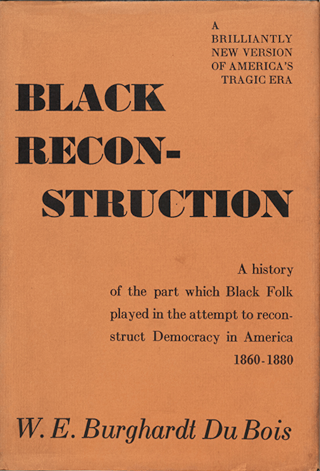White Water
The most extensive New Deal program for generating public electricity was the comprehensive infrastructural transformation of the 40-thousand-square-mile Tennessee River Valley, overseen by a new federal body, the Tennessee Valley Authority. Given its environmental and social costs, hydropower is not viable as a large-scale alternative to fossil fuels in the 21st century. Still, the TVA offers an important lesson for a future Green New Deal; TVA legislation provides a compelling precedent for the public development and management of renewable energy and the provision of “green” jobs. But it is also an object lesson in the durability of racial and economic injustice.

Visitors’ reception room, Wheeler Dam, Tennessee Valley Authority, ca. 1933–1945. [Library of Congress]
Initially proposed as a means to improve navigation, control flooding, and repair deforestation in an area the size of England, while providing well-paid construction jobs to an impoverished rural population, by 1940 the TVA included eleven dams with a generating capacity of about 1.4 million kilowatts.16 When completed in 1954, the system totaled 32 dams of both the high-head storage and low-head navigational types, 26 of which were built or owned by the Authority. The high-head types were usually built on tributaries of the Tennessee River; the low-head types, which yielded greater electrical output, were on the river itself. The first low-head installation constructed by the Authority was Wheeler Dam, about midway between Florence and Decatur, Alabama.
Conceived as civic monuments by a design team led by Harry B. Tour, Roland A. Wank, and Mario Bianculli, TVA dams invited a voting public to witness firsthand a spectacle of raw concrete, rushing water, and spinning turbines. Visitors to Wheeler were welcomed in an elegant reception room, which introduced them to the TVA’s grandeur with gridded displays of maps, photographs, and streamlined slogans. Adjacent to the exhibition, separate restrooms matter-of-factly divided black citizens from white.The conflict to which these restrooms testified was memorialized in a jarringly forthright construction detail of “Typical Drinking Fountains” used throughout the TVA, as reproduced for architects in a 1939 issue of Pencil Points. An unadorned marble bowl sits discreetly in a gridded niche lined with glazed tile and illuminated by a recessed fixture. Above, sans-serif chrome letters serenely admonish: WHITE. 17 Such evidence reminds us that racial discrimination in the New Deal was not only a matter of legislative compromise. It was a matter of ordinary, “regional” common sense translated into the language of technical standards and modernist design.
